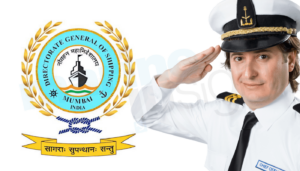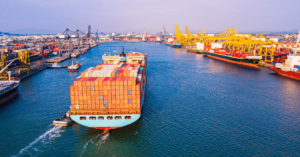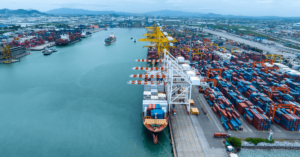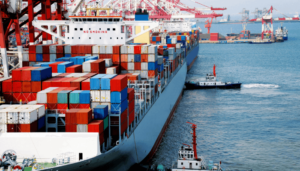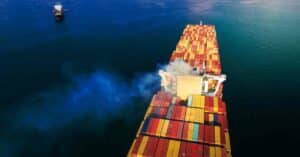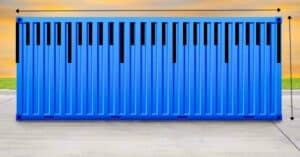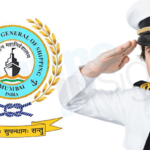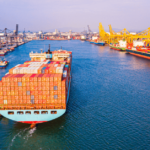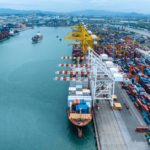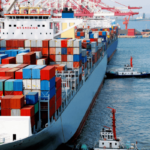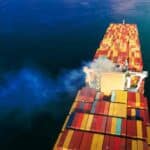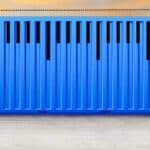What is IMO’s Global Integrated Shipping Information System (GISIS)?
International Maritime Organisation and its committees specifically the Maritime Safety Committee (MPC) and the Technical Cooperation Committee has been continually striving for better safety standards and working conditions at sea.
GISIS (Global Integrated Shipping Information System) is developed, maintained and headed by the International Maritime Organisation (IMO).
This system (website) is aimed at allowing on-line access to the information and data supplied to the IMO Secretariat by Maritime Administrations, its member states and port authorities, in compliance with IMO’s instruments, regulations and guidelines.
It is basically an informational data hub for the global shipping industry and maritime professionals for complying different types of rules and regulations, global and local.
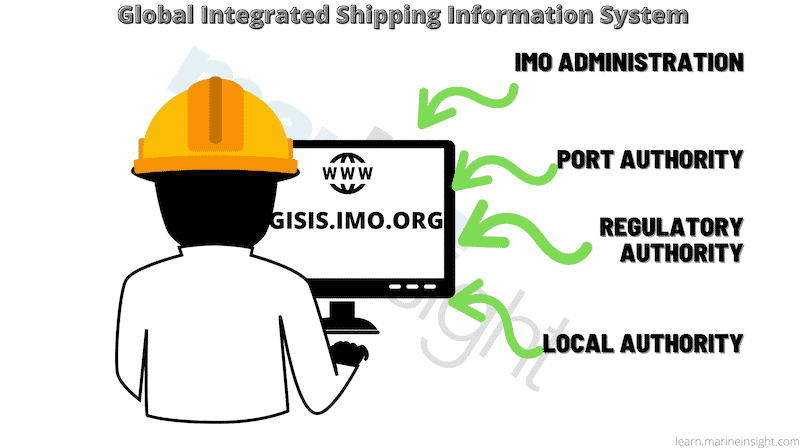
GISIS consists of several subsystems which include 26 (twenty-six) modules which are further divided into sub-modules dedicated to various themes and topics which are as follows:
- Maritime Security
- Marine Casualties and Accidents
- Port Reception Facilities
- Contact Points
- Pollution Prevention Equipment and Anti Fouling Schemes
- Piracy and Armed Robbery
- Ship Fuel Oil Consumption
- Ballast Water Management and Ballast water Chemicals
- Global SAR (Search and Rescue) Plan
- Status of Treaties
- Simulators
- Global Maritime Distress and Safety System (GMDSS)
- Formalities connected with sign-in and sign-off.
- Greenhouse Gas Emissions
- Information on Local Regulations
- IMDG Code Feedback
- MARPOL Annex VI
- Evaluation of Hooks
- Cargoes
- Member state Audits
- Condition assessment scheme
- Test laboratories and Halon Facilities
- National Maritime Legislation
- Non-Mandatory Instruments
- Survey and Certification
Need for GISIS
- Transparency in operations.
- Safety and security.
- Better, traced and organised operations.
- Preparedness and accounting for accidents at sea.
- To check environmental effects.
- Managing and Imparting needful actions, skills and labour.
Things We Must Know About the Global Integrated Shipping Information System (GISIS)
System Structure
GISIS in in-house information database system where member states are needed to report obligations in the implementation of IMO instruments while the secretariat gives access to and circulate data, facts on requests.
The modules can be accessed in three ways:
Public Area: By simple registration through e-mail.
IMO Member’s Area: Specific permissions related to uploading data and compliance.
IMO Secretariat’s Area: Special access to check registrations, compliance, uploads and regulate maintenance of the site.
IMO Number
The IMO number is a unique identity for ships and for registered vessel management companies. In case of sea-going merchant ships of 100 GT and above, it consists of three letters “IMO” then followed by a seven-digit number that is assigned by IHS Fairplay when it is constructed.
The number is never reassigned and all certificates are issued under IMO number. ‘Ship and company particulars’ can be accessed by IMO number through GISIS.
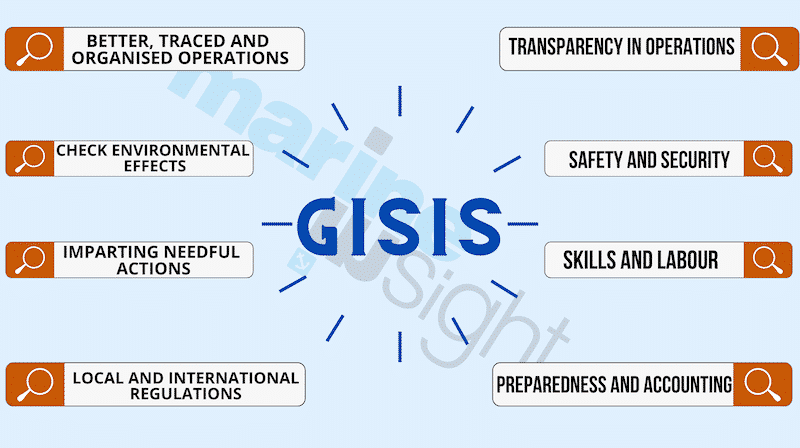
Role of GISIS in security and safety operations
GISIS gives access to data regarding security system, organizational ports, SOLAS (Safety of Life at Sea) compliance and port facilities according to the country and as per port number/Unique ID through ‘Maritime Security’ module.
‘Contact Points’ guides seafarers and staffs off the board by enlisting the competent authorities and organisations to be contacted in specific situations like Assistant Services, Goods safety, reception facilities, casualty investigation, survey inspection etc.
‘Marine Casualties and Incidents’ module maintains factual data collected from various sources and reports of investigations into casualties received at IMO which may be full investigations reports to be checked by the Organization or reporting forms annexed to MSC-MEPC.3/Circ.3.
Piracy and Armed Robbery module enlist incidents with a Ship name, time, date and place of the incident that ensures better preparedness for navigation through the specific channels.
GISIS to check environmental pollution
The module ‘Pollution Prevention Equipment and Anti-fouling Systems’ maintains a database of manufactures of Pollution Prevention Equipment such as Oil filters, Oil content meters, Shipboard Incinerators, Ballast water management systems, Sewage Treatment Plants, Bilge Separators, Bilge Alarms and Oil-water interface detectors with country filter, approvals under MEPC displaying manufacturer, necessary detail of specific machinery with approving government.
While the Anti Fouling System (AFS) sub-module displays details like manufacturer, name of AFS, Type, Active Ingredients, Administrating and authorising states.
The Port Reception facility module maintains the data of the available reception facilities of ship-generated waste as per area and port ID.
Handling Urgency and Distress
‘Global Search and Rescue (SAR) Plan’ in GISIS empanels details of National Responsible Authority, Administration or Service Coordinator for Maritime SAR including name, ID, Telephone, Fax, Email, website, Types of Rescue Coordination Centres with ID and Telemedical Maritime Advice Services as per the country while ‘Global Maritime Distress and Safety System (GMDSS)’ which displays information about the shore-based facilities in the condition of urgency country wise.
Guidance to Maritime Training and Safety tool
‘Simulators’ module in GISIS displays availability and information Engine room simulated, Bridge simulated and other types of training country wise.
Enlistment of details on simulators which forms the crucial part of real-time training in maritime through automated machinery based on artificial intelligence on GISIS is even a way to keep a check on a nation’s maritime training power.
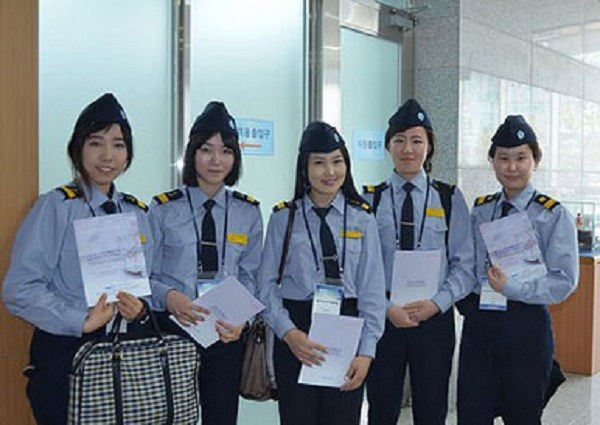
While ‘Test Laboratories and Halon Facilities’ module as part of the GISIS in facilitating the implementation of the International Code for Application of Fire Test Procedures, 2010, the list of laboratories recognized by the concerned Administrations which are able to conduct fire tests in accordance with the provisions of the 2010 FTP Code are maintained for the benefit of shipyards, equipment manufacturers, shipowners, ship operators and other parties concerned and better maritime training and safety standards.
The submodule Test Laboratories displays information about Laboratories at different countries with the details about the capacity of the specific laboratory to conduct every 11 tests (Part 1- Part 11) specified under (2010 FTP Code), adopted by resolution MSC.307(88).
Part 1 refers to Non-combustibility test, Part 11- Test for fire-resisting divisions of high-speed craft and 9 others as per the code.
The submodule ‘Halon Facilities’ empanels details of the Halon Facilities available with countries with their names and addresses along with the remarks with detailed specifications.
‘Evaluation of hooks’ is a database containing reports on the evaluation of hooks as per the guidelines for evaluation and replacement of lifeboat release and retrieval systems with details such as reporting authorities, type and identification along with evaluation results and report dates.
Checking Compliance, documentation and lawfulness
‘Survey and Certification’ module contains certificates’ specimens required to communicate to the Organization by Administrations under the provisions of relevant IMO conventions and codes.
List of certificates is available in electronic form, along with voluntary early implementation of amendments to SOLAS and related mandatory instruments required to communicate to the Organization by Administrations under MSC 98 decisions.
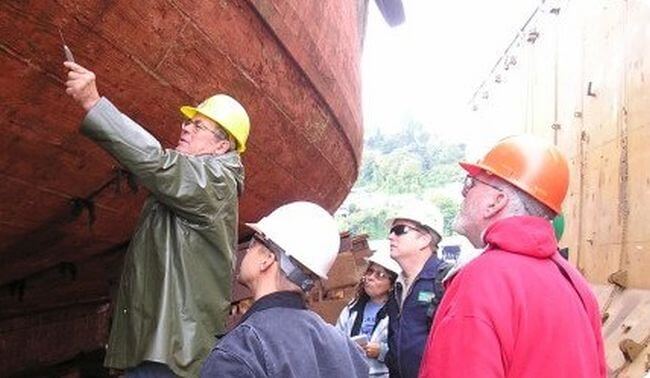
‘Status of Treaties’ Module enlists with name, Title of the treaty, date of entry into force, contracting States and the gross tonnage in percentage impacts while the module ‘Non-Mandatory Instruments’ module enhances the viewing and searching of the updated list of codes, recommendations, guidelines and other non-mandatory instruments; the possibility for the Member States to indicate which non-mandatory instruments they are implementing on a voluntary basis; and with regard to non-mandatory instruments which have been adopted by means of Assembly or Committee resolutions, the possibility for the Member States to upload their corresponding domestic legislation.
‘Condition Assessment Scheme’ is an electronic database for the implementation of CAS- resolution MEPC.94 (46) and other statements of compliance displayed by IMO Number/ Ship Name and reporting government.
Ballast Water Management command
Ballast Water Management module contains information required by the BWM convention such as exemptions granted to ships, ballast water exchange areas designated, additional measures, and warnings concerning ballast water uptake in certain areas and related flag State measures under regulations.
Ballast Water Chemicals Database which has been developed by the GESAMP-Ballast Water Working Group contains data for the 41 chemicals most commonly associated with treated ballast water (Appendix 6 of Methodology Revolution 4).
For these chemicals, the GESAMP-BWWG holds sufficient information from the literature on physio-chemical, ecotoxicological and toxicological properties, and no additional supporting information needs to be submitted by applicants with their submissions for Basic and/or Final Approval.
Secondly, it also contains a calculation tool including the assumptions which needed to be taken care of which makes it possible for applicants to perform all of the calculations needed to fulfil the requirements of the Methodology.
Member State Audits Module
This module is a common platform used by all those involved in a Member State audit and will serve as the vehicle for the release of audit reports to all Member States and the public, based on authorizations received from the Member States.
It has been designed to provide support from planning through to the reporting phases of the audit, contributing both to the effectiveness of the execution of audits and to optimize the use of available resources of the Member States, audit teams and the Secretariat; and for the controlled release of audit reports to all Member States or to the public, as appropriate, in accordance with the Procedures for the Scheme.
An inter-agency platform for information sharing on unsafe migration by sea has been jointly set up by IOM, UNODC and IM0 expressing concern at an increasing number of migrants taking to the sea in the unsafe and unregulated craft.
‘National Maritime Legislation’ module contains texts of national laws, orders, decrees, regulation and other necessary requirements.
While ‘Cargoes’ module displays information received from the IMO Member States and Secretariat relating to containers, grain and solid bulk cargoes and dangerous goods in packaged form.
You might also like to read:
- What is International Maritime Dangerous Goods Code (IMDG)?
- What is Ship Energy Efficiency Management Plan?
- How P & I Clubs Work – Procedure for Accident Response
- What is International Safety Management Code or ISM Code for Ships?
- What is Continuous Synopsis Record (CSR) of Ships?
Disclaimer: The authors’ views expressed in this article do not necessarily reflect the views of Marine Insight. Data and charts, if used, in the article have been sourced from available information and have not been authenticated by any statutory authority. The author and Marine Insight do not claim it to be accurate nor accept any responsibility for the same. The views constitute only the opinions and do not constitute any guidelines or recommendation on any course of action to be followed by the reader.
The article or images cannot be reproduced, copied, shared or used in any form without the permission of the author and Marine Insight.
Do you have info to share with us ? Suggest a correction
Latest Maritime law Articles You Would Like:
Latest News
- What is the Purpose of DG Shipping?
- What are Logistics Risks?
- How Port and Terminal Operators Can Control Emissions?
- Minimum Quantity Commitment (MQC) and Liquidated Damages in Container Shipping: Concept and Relevance
- MARPOL (The International Convention for Prevention of Marine Pollution For Ships): The Ultimate Guide
- The Ultimate Shipping Container Dimensions Guide
Subscribe To Our Newsletters
By subscribing, you agree to our Privacy Policy and may receive occasional deal communications; you can unsubscribe anytime.



